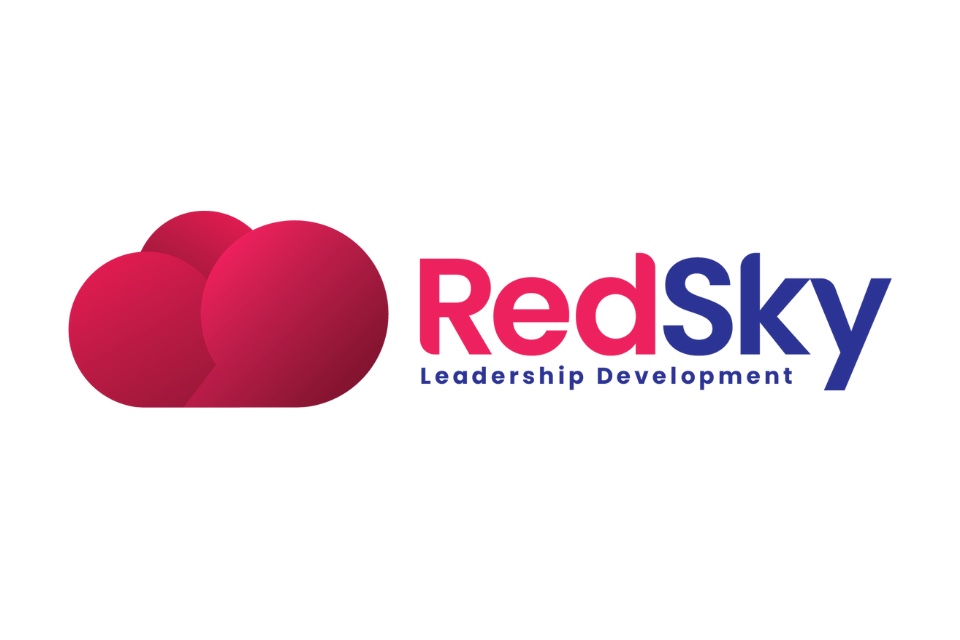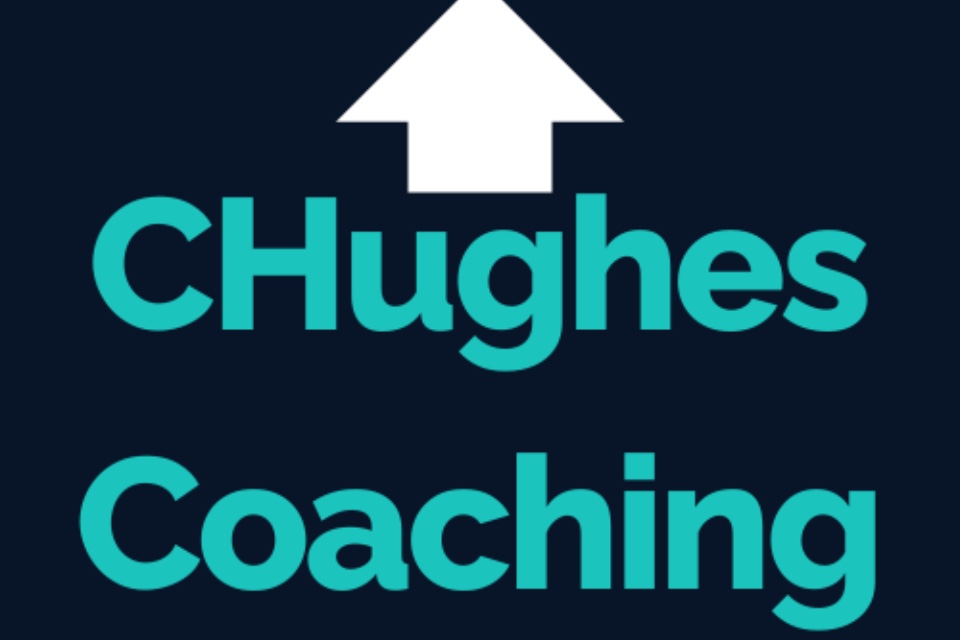Executive coaching has traditionally been reserved for the top tier of leadership: the CEOs, directors, and senior executives steering organisational strategy. But a growing number of organisations are recognising that the benefits of coaching should not stop at the boardroom door. Increasingly, coaching is being extended to middle managers, team leaders, and high-potential employees as a way of building resilience, agility, and leadership capability across the business…
Why the Shift?
The business landscape is more complex than ever. Hybrid working, rapid digital transformation, and shifting employee expectations demand leaders at every level who can adapt, communicate effectively, and inspire teams. While the C-suite remains a critical focus, many organisations are realising that neglecting middle managers, the vital link between strategy and delivery, creates bottlenecks in performance and culture.
By investing in coaching earlier in the leadership pipeline, HR leaders can build a stronger bench of future-ready talent, reduce succession risks, and create a more distributed model of leadership.
Benefits Beyond the Boardroom
Extending coaching to emerging leaders delivers tangible benefits:
- Improved employee engagement – Managers who are coached become better at supporting and motivating their teams.
- Stronger succession planning – Early coaching investment helps organisations identify and prepare high-potential employees for senior roles.
- Enhanced change management – Coached leaders are more adaptable, helping organisations navigate transformation with less resistance.
- Retention and attraction – Offering coaching as a development opportunity signals commitment to growth, boosting employer brand.
Best Practice for Wider Coaching Programmes
Rolling out coaching beyond the executive tier requires careful planning. HR leaders are finding success by:
- Using blended approaches – Combining one-to-one coaching with group coaching, peer-to-peer sessions, and digital platforms makes coaching more scalable and cost-effective.
- Targeting high-potential employees – Identifying those with leadership promise ensures investment delivers long-term returns.
- Measuring outcomes – Tracking improvements in engagement, performance, and promotion rates helps demonstrate ROI.
- Embedding coaching culture – Encouraging leaders at all levels to use coaching techniques in everyday interactions creates ripple effects across teams.
The Future of Coaching
As workforces demand more inclusive and supportive leadership, executive coaching will continue to expand down the organisational hierarchy. By treating coaching as a strategic investment in culture and capability, HR leaders can ensure their organisations are not only led effectively today, but also prepared for the challenges of tomorrow.
In 2025/26, executive coaching is becoming a mainstream tool for building resilient, people-focused organisations.
Are you searching for Executive Coaching solutions for your organisation? The HR Summit can help!
Photo by Redmind Studio on Unsplash









